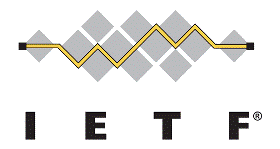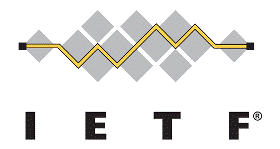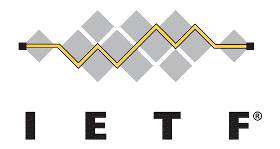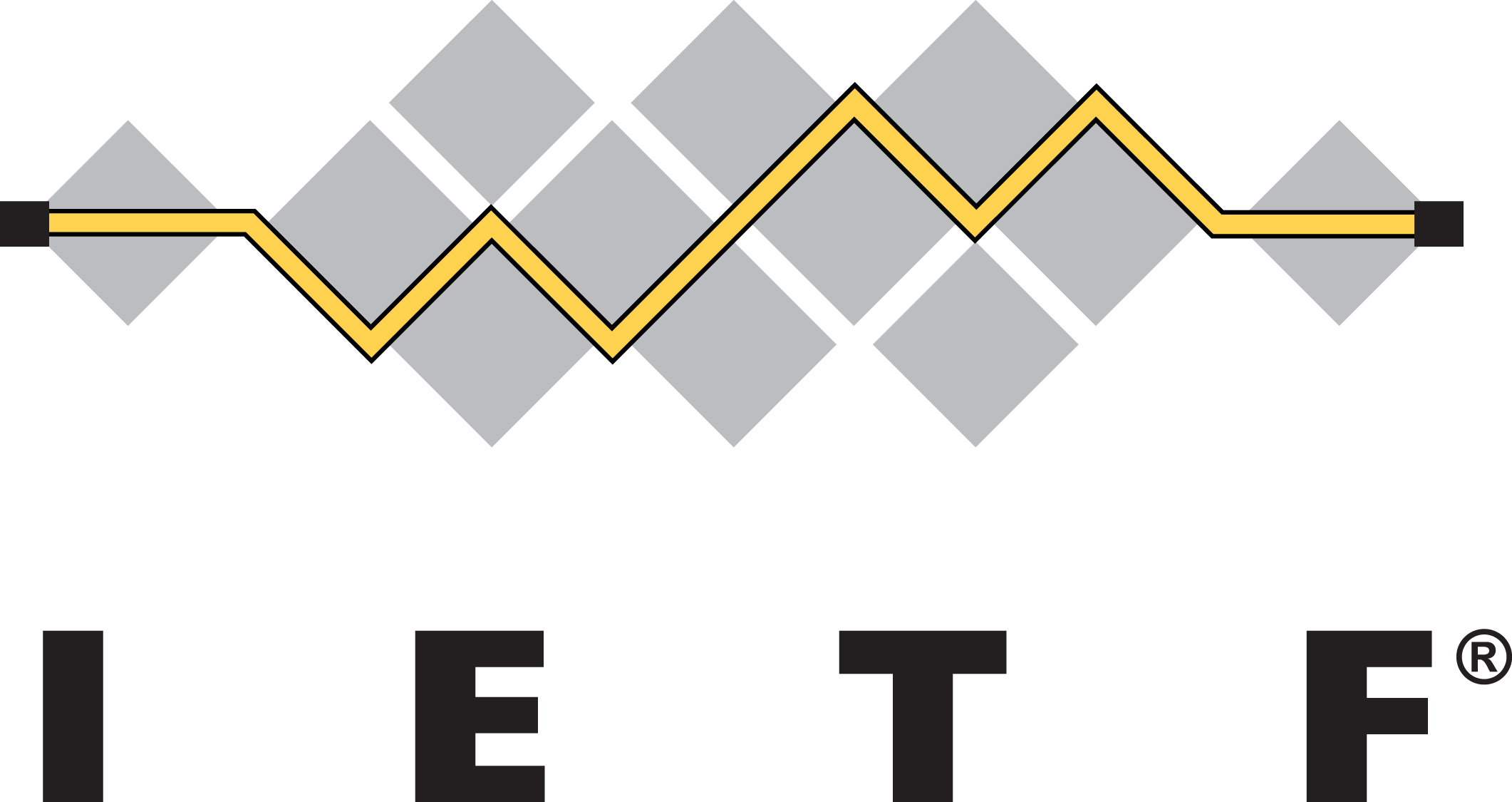IETF - RFC7668 - IPv6 over BLUETOOTH(R) Low Energy
The low- power variant of Bluetooth has been standardized since revision 4.0 of the Bluetooth specifications, although version 4.1 or newer is required for IPv6. This document describes how IPv6 is transported over Bluetooth low energy using IPv6 over Low-power Wireless Personal Area Network (6LoWPAN) techniques.






